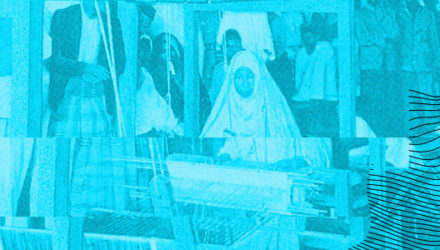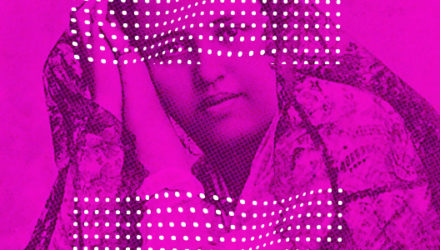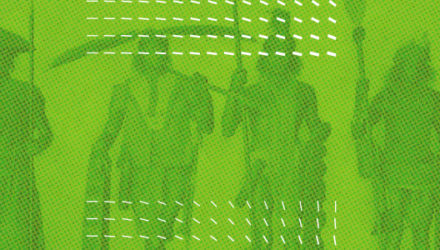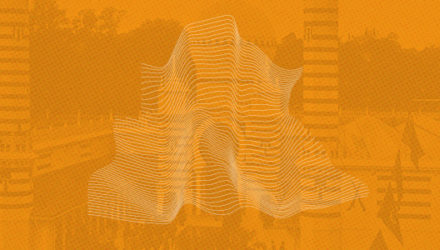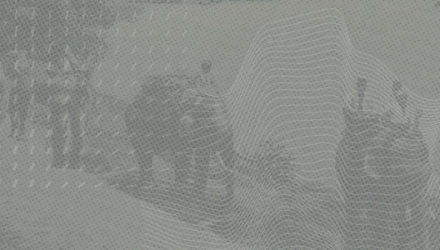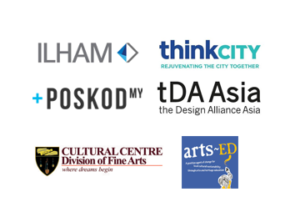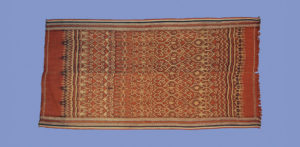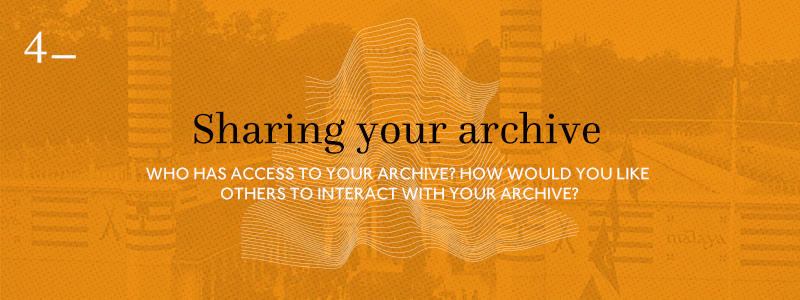
Archives are important repositories of living history, so making it as accessible as possible is often instinctive. At the same time, because independent archives are also sometimes about communities who may be facing discrimination or marginalisation, access can be a more nuanced thing.
For example, there is an indigenous archive in Brazil that is only accessible to members of its community, as it’s function is to record and preserve traditional rituals and knowledge about healing plants for subsequent generations. Having control over access also protects their knowledge from big pharmaceutical companies who will probably exploit it for profit.
It’s important to ask, who is this archive for?
Digitising and Disseminating
If you do choose to share your archive online, below are a few potential file formats that you may choose if you would like to digitise some of your material.
| Tool | File Format | Pros | Cons |
|---|---|---|---|
| Smartphone / Tablet | .JPEG | An accessible tool that allows for quick and easy dissemination of images | JPEG is not suitable for preservation |
| Scanner | .PDF / .TIFF | :: Formats are suitable for preservation :: No need to worry about lighting | - Equipment is expensive - Limited to the size of scanner bed - Book spines may be damaged by laying flat on a scanner bed |
| Digital camera | .RAW | Not limited by size of scanner | - Lighting needs to be carefully calibrated to ensure no shadows - File format needs to be converted for accessibility |
Design a test exhibit
Pick an object (or a few) from your collection that forms an exhibit. Think about a few questions:
- How do you want viewers to interact with the object?
- What do you want them to take away from it?
- How will you “display” them (whether digitally or physically)?
Then once you have done that, invite a friend or two to experience your experiment!
- Observe how they interact with objects
- What are the questions they ask?
- How do they feel about it?
- Notice your own emotions and reactions as they go through your exhibit”
DIY ARCHIVE KIT
01 WHAT IS AN ARCHIVE?
What does or doesn’t count as an archive?
02 WHY ARCHIVE?
What are the politics of memory?
03 HOW WILL THE ARCHIVE BE ORGANISED?
What structures of power and knowledge are embedded in the work of arranging and categorisation?
04 SHARING YOUR ARCHIVE
Who has access to your archive? How would you like others to interact with your archive?
FURTHER RESOURCES
List of resources and further readings.


